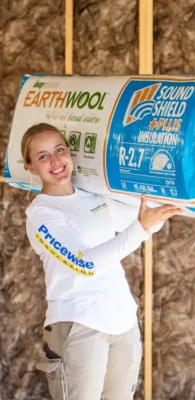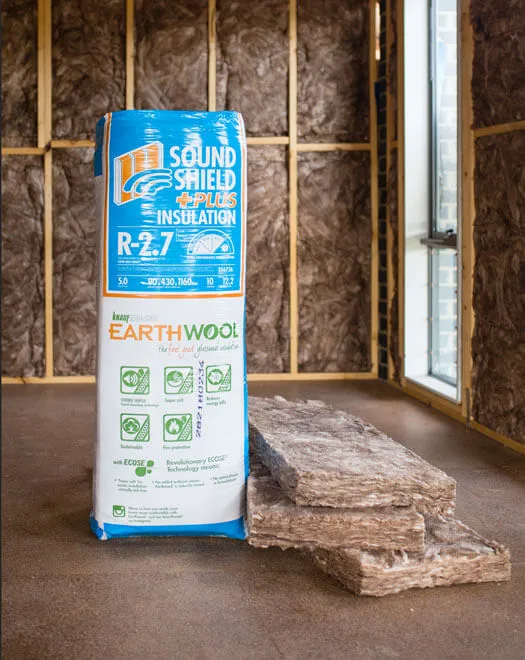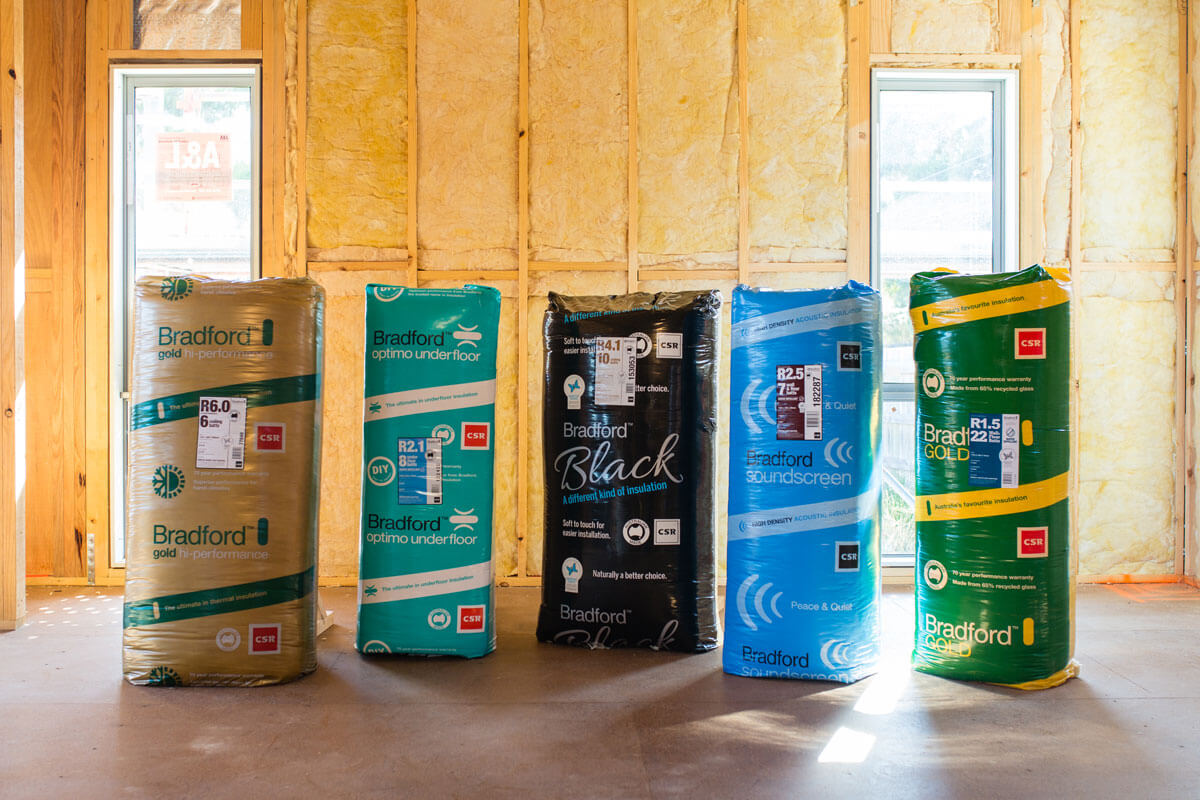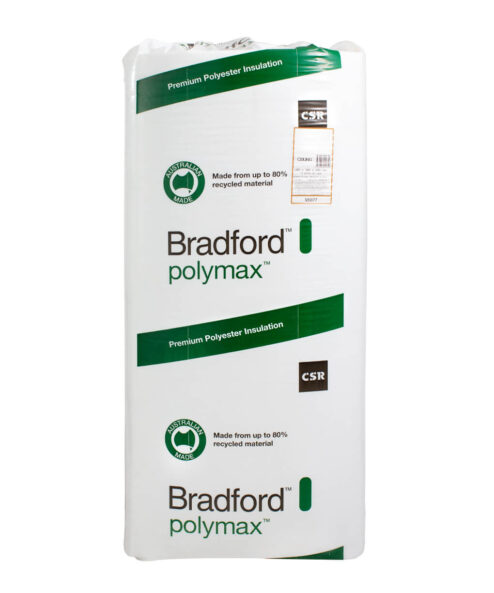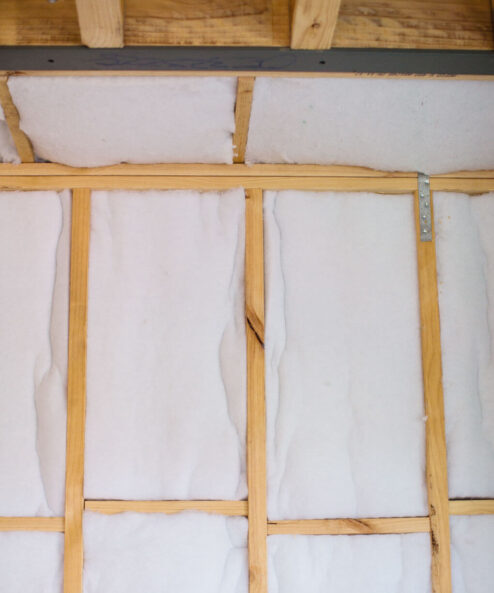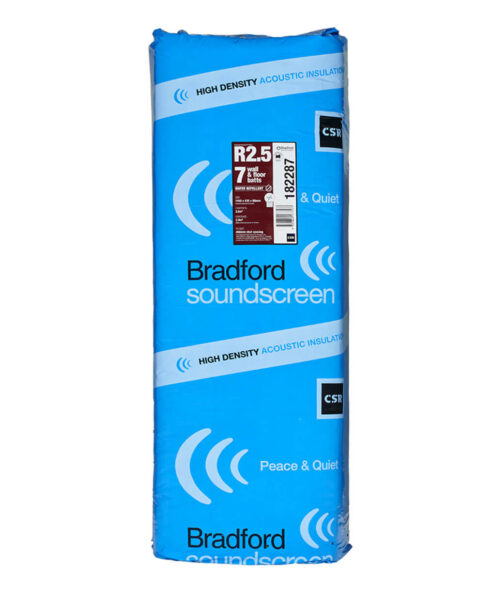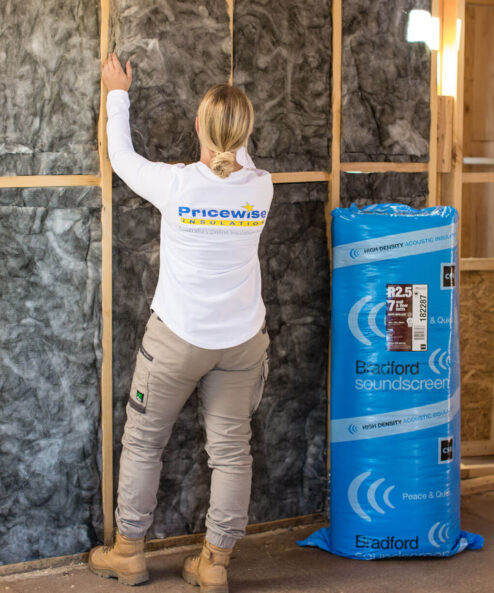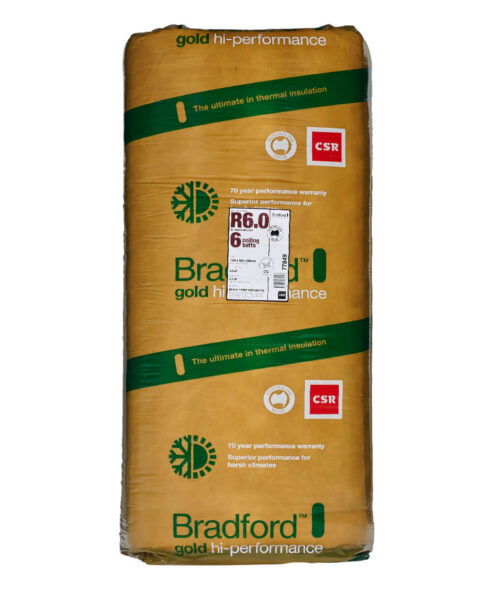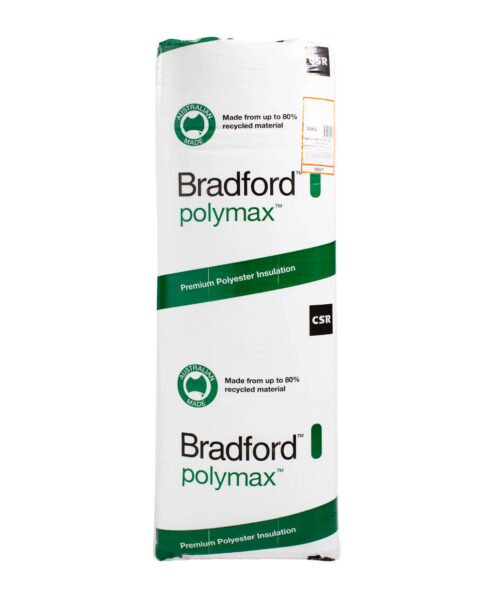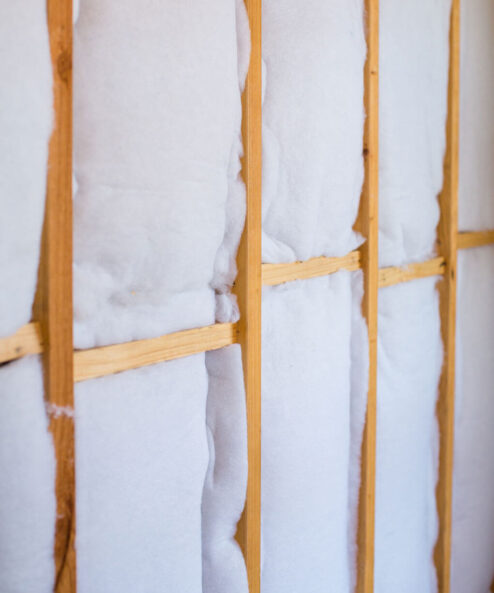Insulation Tips
Improving Your Home with Ceiling, Floor and Wall Insulation
Do you find that it is difficult to keep your home at a comfortable temperature? Does it constantly need to be heated to keep it warm in winter, or does the air-conditioning have to be running 24/7 to keep you cool on hot days? If so, you may want to consider retrofitting thermal insulation. Retrofitting refers to installing insulation into an existing building as opposed to during construction.
Benefits of Insulation
Thermal insulation helps to keep your home at a comfortable temperature by reducing heat loss in cool weather and keeping heat out in warm weather. Although there will be a cost of purchasing and installing insulation, once installed you will save energy by reducing the need to actively heat and cool the home, thus lowering your gas and electricity costs. In addition, thermal insulation can also act as acoustic insulation which can block out external noise.
Thermal insulation can be installed into ceilings, walls, and under the floors. Below is some information about the insulation of these areas, which could help you decide whether retrofitting insulation will benefit you.
Ceiling Insulation
Installing insulation into your roof space is the most effective way to reduce your heat loss in cold weather and heat gain in hot weather. It can save up to 45% of your heating and cooling energy costs compared to having no insulation. Even if you already have ceiling insulation, if it was installed some time ago it may not be as effective as it used to be, and you may therefore benefit from topping it up.
Ceiling insulation comes in two main forms: Bulk insulation (such as batts and blankets) and reflective foil insulation. It is important to select the correct amount of insulation for your roof space and a suitable R-value for optimum benefit. You may be able to install it yourself; however, make sure you are aware of safety issues such as electrical wiring. You could also select a reputable tradesperson to do it for you.
Wall Insulation
An ideal time to retrofit wall insulation is during a home renovation, for example when re-plastering. Adding insulation to uninsulated walls can save up to 15% on heating and cooling costs. As with ceilings, walls can also be insulated with bulk insulation or reflective foil insulation. For example, if re-plastering, rolls of bulk or reflective insulation can be cut to size to fit the spaces between wall studs. Alternatively, purchase products such as bulk batts or concertina foil batts which can expand or compress to fill the space. The R-value required for walls is lower than for ceilings or roofs; however, again, it is important to select the correct thickness for the space you are insulating.
Insulation can also be installed in internal walls, but this is usually to achieve acoustic benefits. As such, the internal wall insulation cost per m2 calculation is an amount that is unlikely to be earned back through energy savings.
Floor Insulation
Floors do not always require insulation. However, if installing insulation, make sure it fits properly between the floor joists for maximum benefit. Again, bulk insulation or reflective foil insulation can be used. In many cases, retrofitting insulation has the potential to improve home comfort and lower energy bills by reducing heat loss and gain. It is important to research what type of insulation will suit your needs and ensure it is installed properly and safely.

